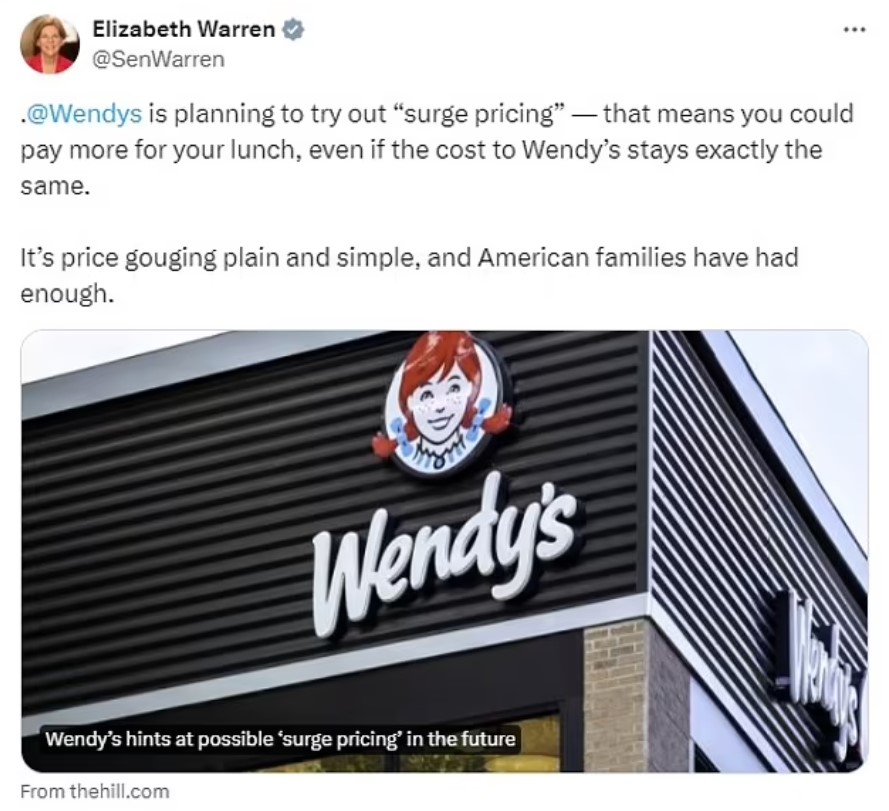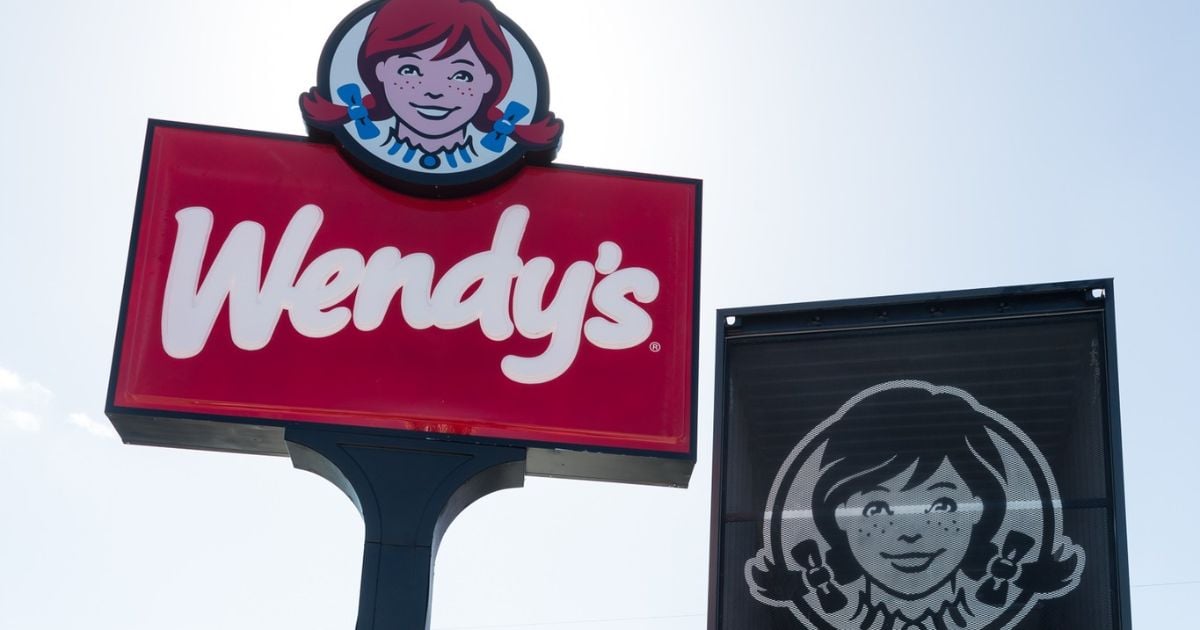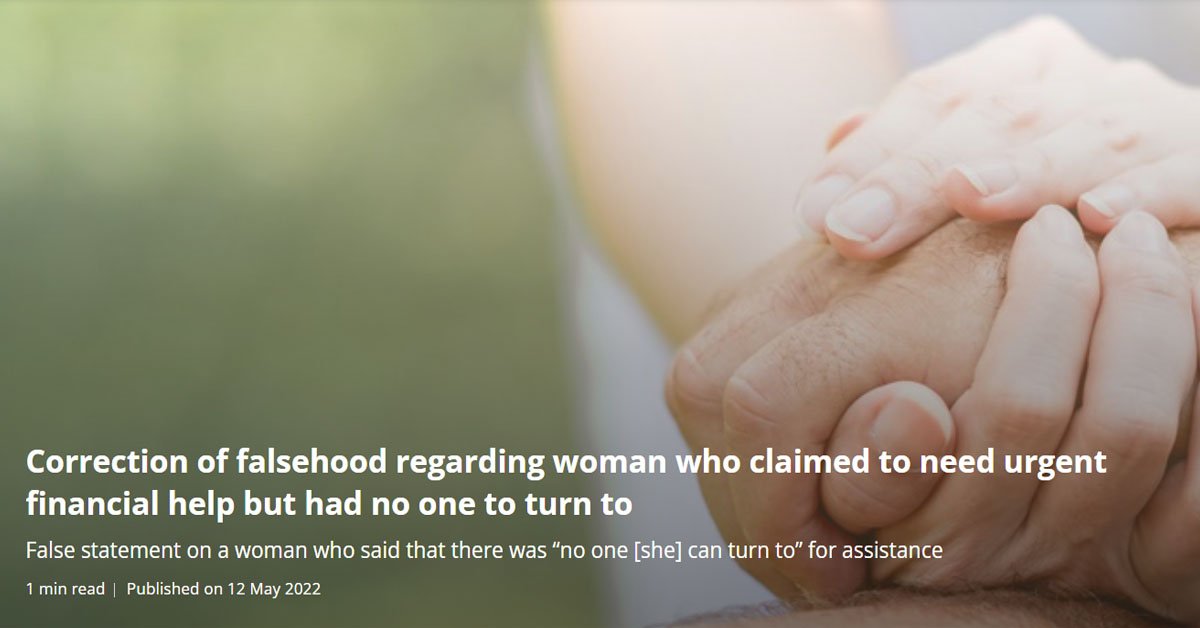Recently, Wendy’s, a popular American fast-food chain, had announced their plans to implement surge pricing, which took many of their customers by surprise.
The announcement, however, has since been cancelled.
Surge pricing is also known as dynamic pricing. It is a strategy that is used by companies whereby prices are temporarily raised during periods of high demand, weather conditions, time of the day and consumer locations, among others.
This approach has been widely adopted across various sectors, hospitality, tourism, entertainment as well as transportation.
Wendy’s Initial Surge Pricing Plan
Wendy’s plan to utilise surge pricing was first announced during a conference call on 15 February 2024.
Wendy’s CEO, Kirk Tanner, told investors on the call about the company’s plans to invest approximately $20 million USD to roll out digital menu boards to all restaurants by 2025.
These menu boards, will enable the company to test out “dynamic pricing and daypart offering, along with AI-enabled menu changes and suggestive selling.”
The concept suggested that the cost of menu items could fluctuate, making a burger more expensive during dinner time compared to quieter periods. No further details on the changes of pricing structure was made.
Imagine the same burger costing more during dinner time than during off-peak hours. Could this be the future, just like how surge pricing has completely taken over fixed private transport fares?
The Cancellation of Wendy’s Surge Pricing Plan
The announcement of adopting surge pricing was met with widespread criticism, as many customers expressed concerns over the fairness of paying more for the same product at different times.
The outcry even drew attention from political figures, with U.=S Senator, Elizabeth Warren, saying that this pricing tactic is “price gouging plain and simple.”

In response, Wendy’s issued a media statement on 27 February 2024, clarifying their position and announcing the abandonment of the surge pricing initiative.
The company explained that the digital menu boards would allow more flexibility to change the display of featured items. Furthermore, they claimed that the mention of surge pricing is “misconstrued in some media reports.”
Wendy’s emphasised that they do not wish to increase prices for customers and instead intends to use the digital menu boards to display menu offerings and offer discounts and value offers to customers easily.
How Surge Pricing is Adopted in Various Businesses
Although Wendy’s have backtracked their statement, dynamic pricing remains a prevalent strategies in most businesses.
Take Amazon for example, who changes the price of its products almost every 10 minutes. This equates to price changes occurring a staggering 2.5 million times in a day. Amazon uses real-time data points to compare its products against competitors and track demand surges.
Similarly, Grab, like many other ride-hailing services and food delivery platforms, adopts dynamic pricing. It is not uncommon to be faced with high fares during peak hours and rainy weather conditions.
Grab explained that dynamic pricing is necessary as it provides a balance between affordability for passengers while ensuring that the fare is sustainable for their drivers who wish to maximise their earnings.
Moreover, you could even experience a surge in delivery fees when you order GrabFood during peak hours. This is why GrabFood provides a “Saver” option for a lower delivery charge in exchange for a longer delivery time.
Most restaurants already employ some form of dynamic pricing. The most obvious examples would be price surges on the delivery apps. Often times, food on delivery apps would cost slightly more.
Additionally, some bars and restaurants provide dynamic discounts for selected items during non-peak hours. An example is the implementation of “Happy Hour” which usually happens in the late afternoon before peak periods. This encourages customers to visit the restaurant or bar during slow periods.
But of course, those are done manually, and not based on real-time demand.
While Wendy’s has stepped away from surge pricing, the broader trend towards dynamic pricing in the food industry and beyond is likely to continue.
Dynamic pricing undoubtedly benefits many restaurants or fast-food chains. Firstly, it allows them to change their prices in response to market conditions in order to maximise their profits. This way, more customers can be attracted at less busy times and higher prices could be charged at peak hours. The lower prices during slower periods could even increase customer satisfaction.
Of course, this comes with risks as well… mainly for our wallets. Another risk to note is the possibility of customers feeling upset from the constant price changes.
As we move forward, it wouldn’t be surprising to see more businesses experimenting with dynamic pricing models.
Don’t be surprised if in the future, your McSpicy meal costs more in the evening.
But at least it’ll arrive faster.



